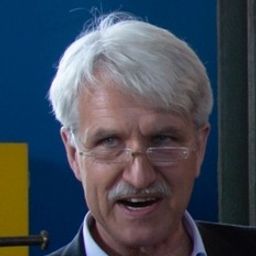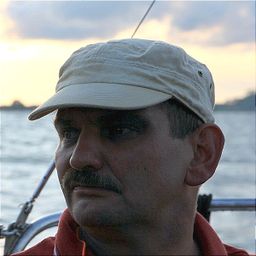Old beams and new norms – The conservation of steel structures I
Mon statut pour la session
This session is about the “hard facts” of conservation. It aims to draw together technical knowledge from related fields. Industrial conservation specialists rely on specialised knowledge and may sometimes not be aware that there is expertise and proven good or best practice in related fields. The transferring of knowledge from related engineering, construction preservation and architectural conservation specialists can serve the purpose of promoting and securing future preservation of industrial buildings, structures and historic engineering.
Since the 1990s knowledge hast been accumulated amongst practitioners in architecture and building engineering to preserve and deal with historic constructions. Only some of this knowledge and practice has penetrated into Industrial Heritage preservation, despite obviously similar conservation challenges facing steel concrete, thermal efficiency, fire prevention, security and accessibility.
The focus of conservation in both fields is generally adaptive re-use projects, which are than planned and managed under laws and standards designed for new buildings. So, engineers have developed strategies for preservation management to enable the convergence of conservation activity, bringing together safety regulations and norms appropriate for industrial heritage. For example, in Berlin, an old steel bridge was recently measured and analysed by engineerThomas Klähneenabling the modelling of stresses throughout the structure. This model could classify the bridge under a contemporary norm (DIN-EN). These resulting predictive models made it possible to keep the bridge in use and permitted its renovation with only minimal changes. Such management methods and techniques may be transmitted from one field to another. This session will therefore bring knowledge from engineers who have not necessarily worked in industrial heritage preservation to industrial heritage engineering specialists participating in the TICCIH 2021 conference. The session also brings them together to promote bilateral cooperation.
This first block of the two-parts session is concerned with re-appraising historic structures for preservation using new standards.
Construction preservation specialists have been finding ways to preserve by re-calculating. The fundamental problem here is that old constructions were calculated under old norms and regulations. This “non-compliant” character of historic construction can be managed by recalculation under new standards or by finding and analysing the original calculations and approval processes for construction. If this proves to be impossible, normed experimental methods have been devised, as will be demonstrated via recent examples, including steel bridges in Berlin. The Pont de Québec will show a Canadian example and its parallels and differences to the European way
Sous sessions
Reusing original architectural elements made from iron, steel and aluminium seems to cause many structural and construction-physical problems in recreation of historical buildings from the 19th and 20th century. They often collide with modern technics, norms and pollutant management. Based on practical experience there will be given several examples of possible solutions at buildings from Josef Benedict Withalm (1848), Will Schwarz (1959) and Arne Jacobsen/Dissing + Weitling (1972).
When it comes to the continued use of old steel bridges, engineers are pushed to their limits due to current design standards. Today, traffic loads are much higher, the materials have improved technological properties, and there is new research for structural behaviors that were unknown at that time.Today's design standards have responded accordingly and have developed comprehensive standards in the form of the Eurocodes. However, the stability and durability of older steel bridges can oft...



